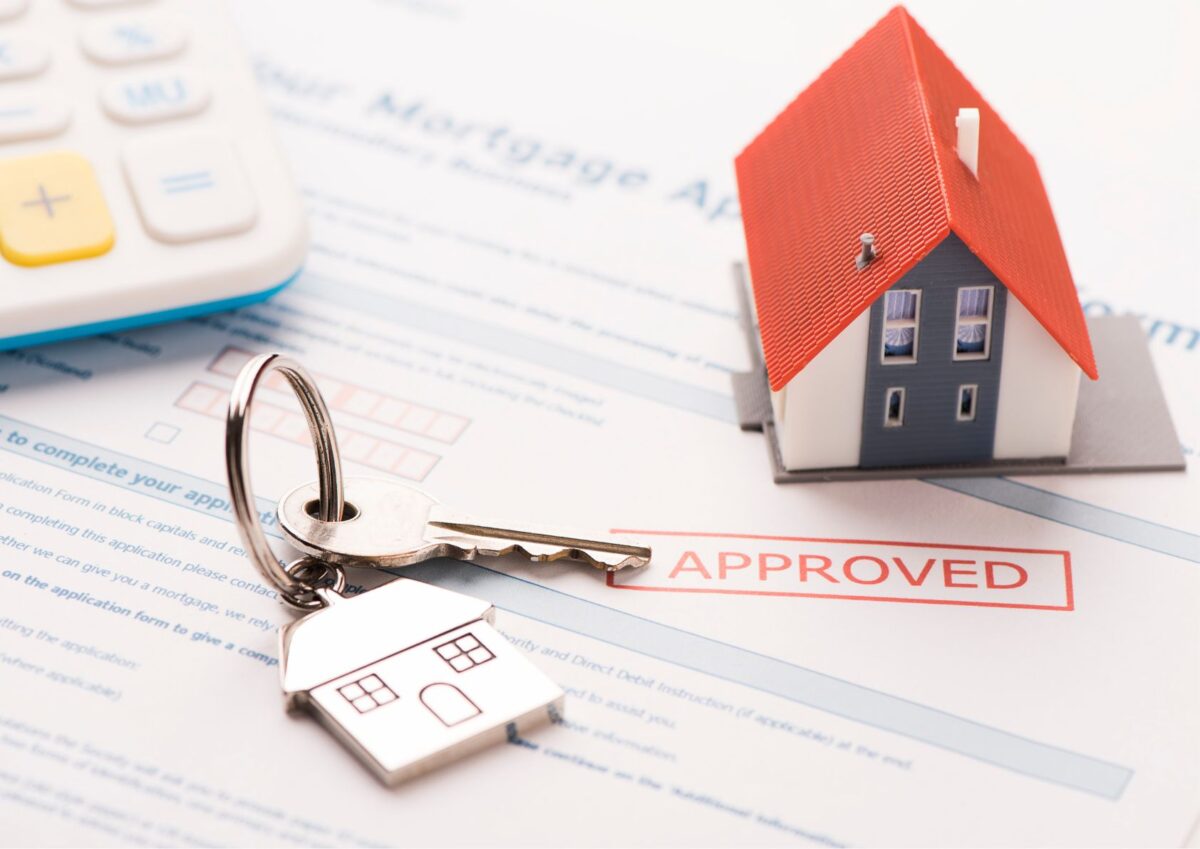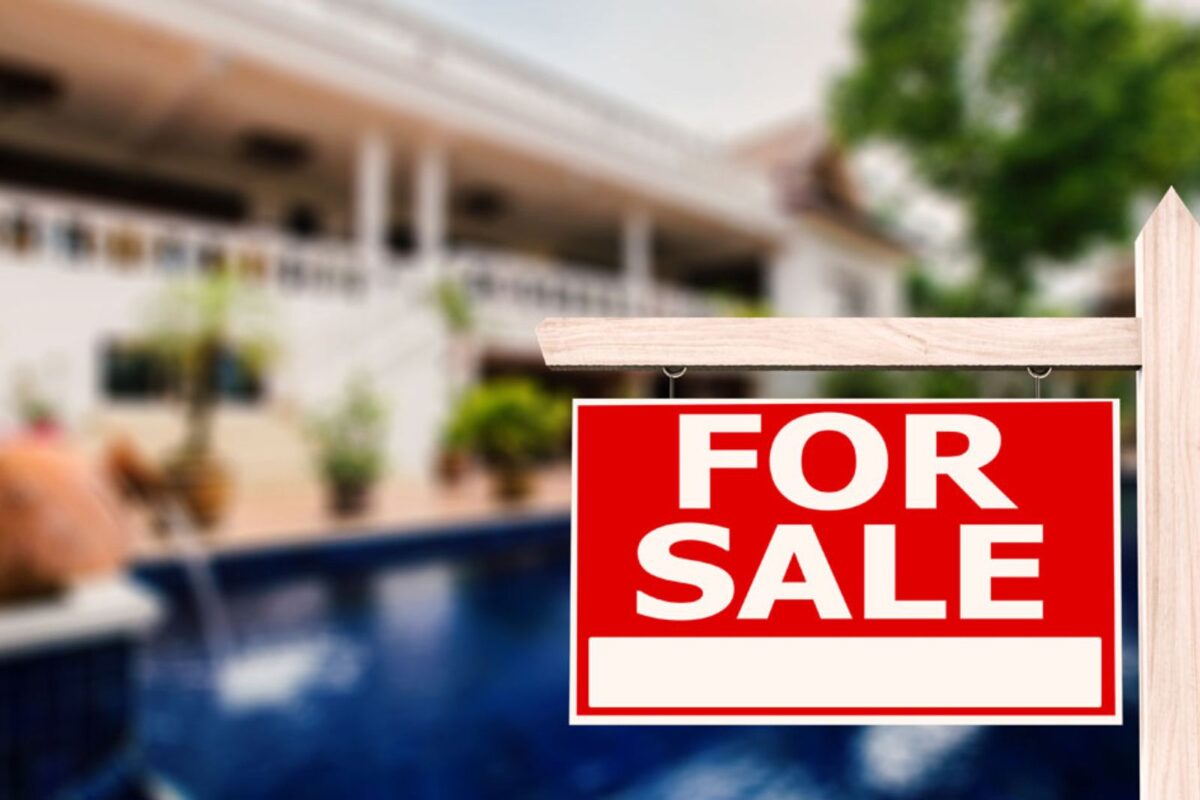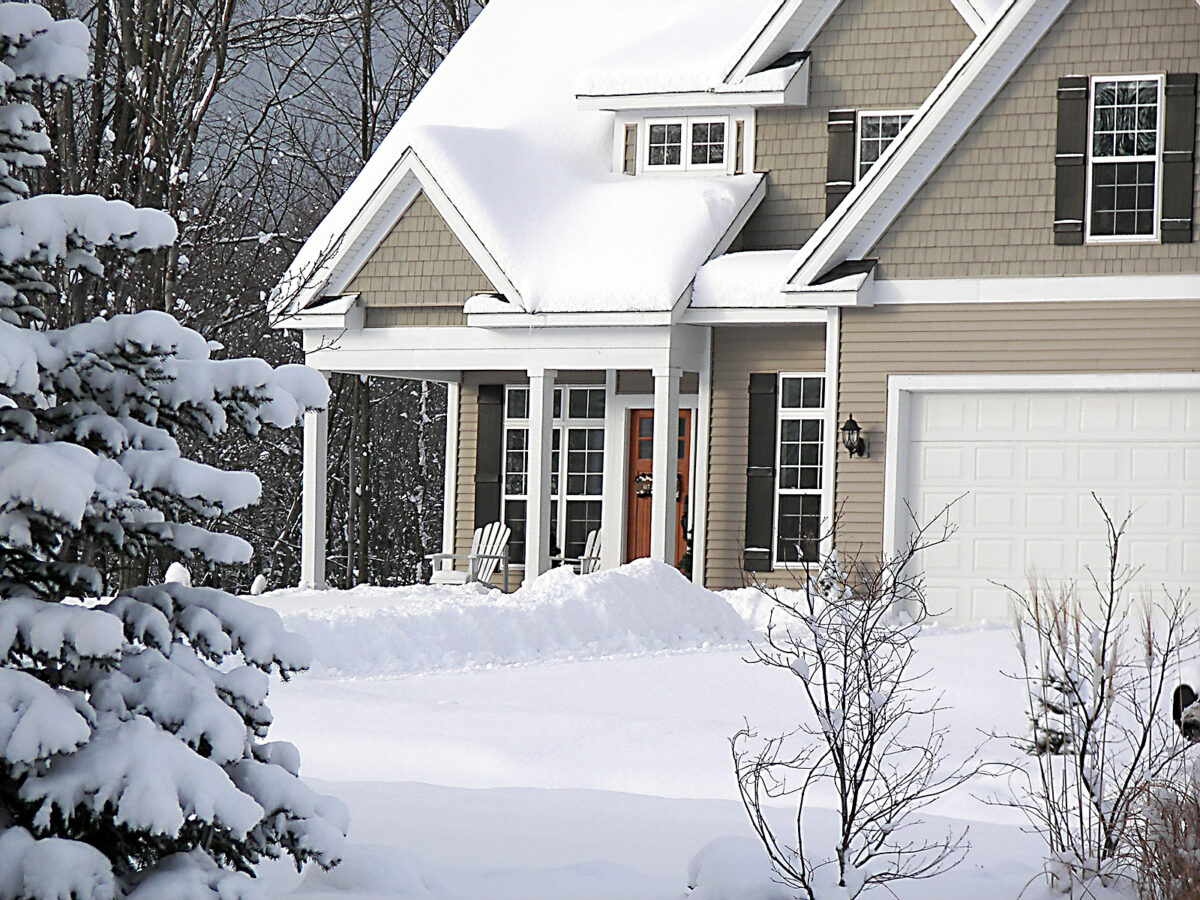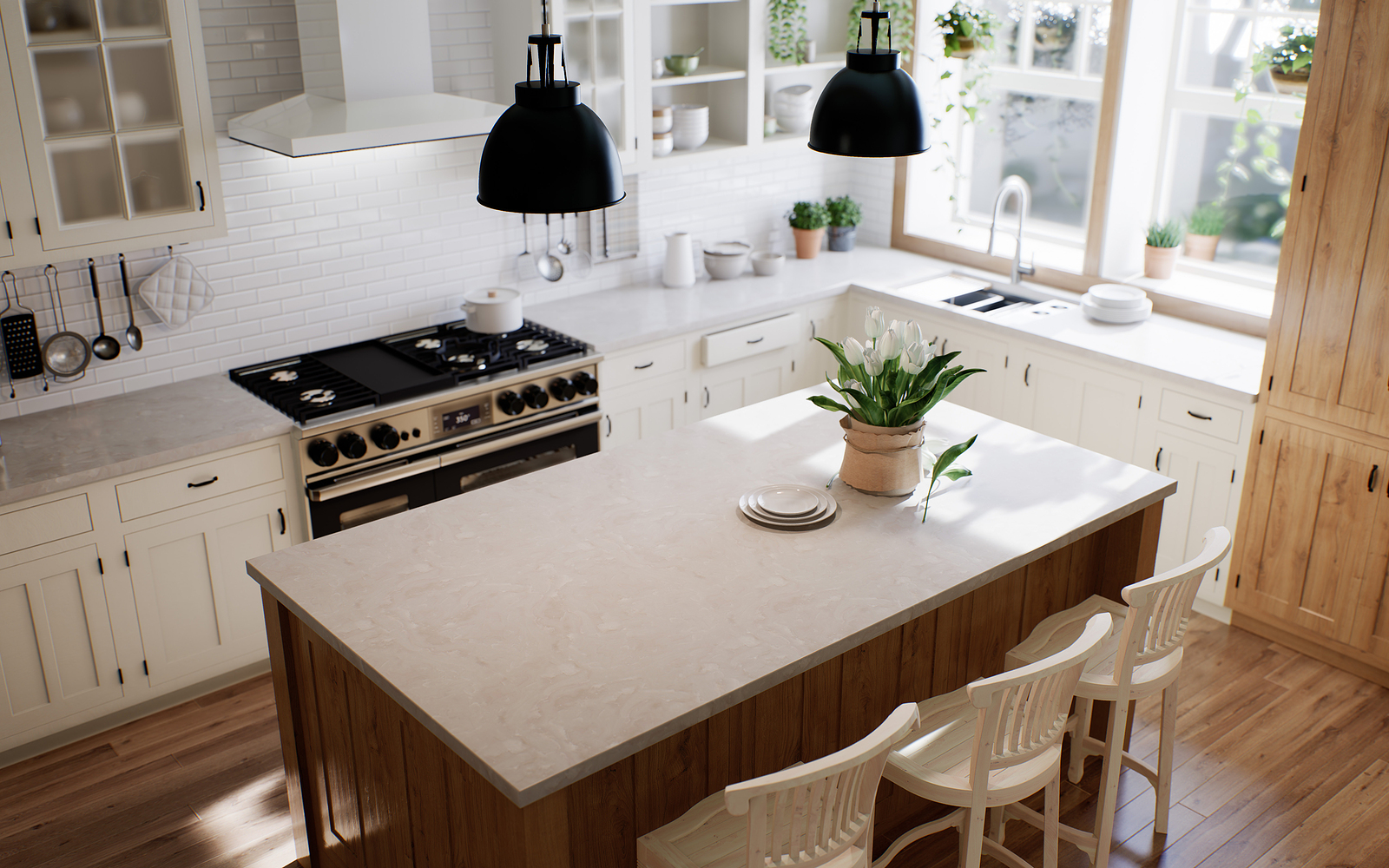For years, spring has been known as the unofficial “home selling season,” and according to real estate experts and current 2025 trends, that title still holds true. If you’re wondering whether now is the right time to list, there are several compelling reasons why spring might be your perfect window to sell your home.
Buyer Activity Peaks in Spring
As the weather warms up, so does buyer interest. With longer daylight hours, milder temperatures, and families planning for summer moves, spring consistently brings more serious buyers to the market.
This year, buyer demand is especially high due to ongoing inventory shortages and a growing pool of people ready to make a move after waiting out market uncertainty in late 2024. If you’re hoping to attract motivated, ready-to-act buyers, spring is the time to list.
Homes Look Their Best This Time of Year
First impressions matter—and nothing boosts curb appeal like spring. Lawns are green, trees are blooming, and natural light makes interiors look brighter and more welcoming. Your home’s photos and in-person viewings will naturally stand out when everything looks fresh and full of life.
A clean, well-maintained property with vibrant landscaping can increase a buyer’s emotional connection to the home, and ultimately, their offer price.
Recent Data Favors Spring Listings
In analyzing recent real estate data, homes listed in spring often sell faster and closer to asking price than those listed in fall or winter. The 2025 market shows that spring listings are seeing more traffic, multiple offers, and shorter time on the market—especially when priced right and professionally marketed.
With fewer holidays and weather disruptions, buyers and agents alike are more focused and active during this season, making it one of the most efficient times to sell your home.
Families Are Planning for Summer Moves
For many buyers—especially those with children—spring offers the ideal timing to buy a home, close, and relocate before the new school year begins. That makes spring sellers particularly appealing.
This sense of urgency helps attract buyers who are financially and logistically prepared to move quickly. It can also lead to smoother transactions and fewer last-minute surprises.
Mortgage Trends Are Encouraging in 2025
While interest rates have fluctuated over the past few years, early 2025 is showing signs of stabilization. Buyers are adjusting to the “new normal” and re-entering the market with more confidence and realistic expectations.
This increased buyer confidence makes it a favorable time for sellers to list, as more home shoppers are securing pre-approvals and making competitive offers, knowing that locking in a rate now could benefit them in the long term.
Less Competition Early in the Season
Although spring is a popular time to list, many homeowners still wait until late spring or summer. By listing your home earlier in the season—March through early May—you can beat the rush and stand out in a less crowded market.
Fewer listings mean more attention for your property, especially if you’ve taken steps to prepare it with staging, deep cleaning, and a strategic marketing plan. Early spring sellers often benefit from a “first look” advantage among active buyers.
The Bottom Line: Spring is Still Prime Time
If you’ve been waiting for the “right time” to sell your home, spring offers the best mix of high demand, great presentation opportunities, and favorable market conditions. From curb appeal to buyer behavior, everything is aligned to help you succeed.
Thinking about making a move? Connect with a trusted real estate agent to explore your options and make the most of this powerful season.
Spring 2025 could be your best opportunity yet to sell your home—and step confidently into your next chapter.

































